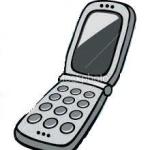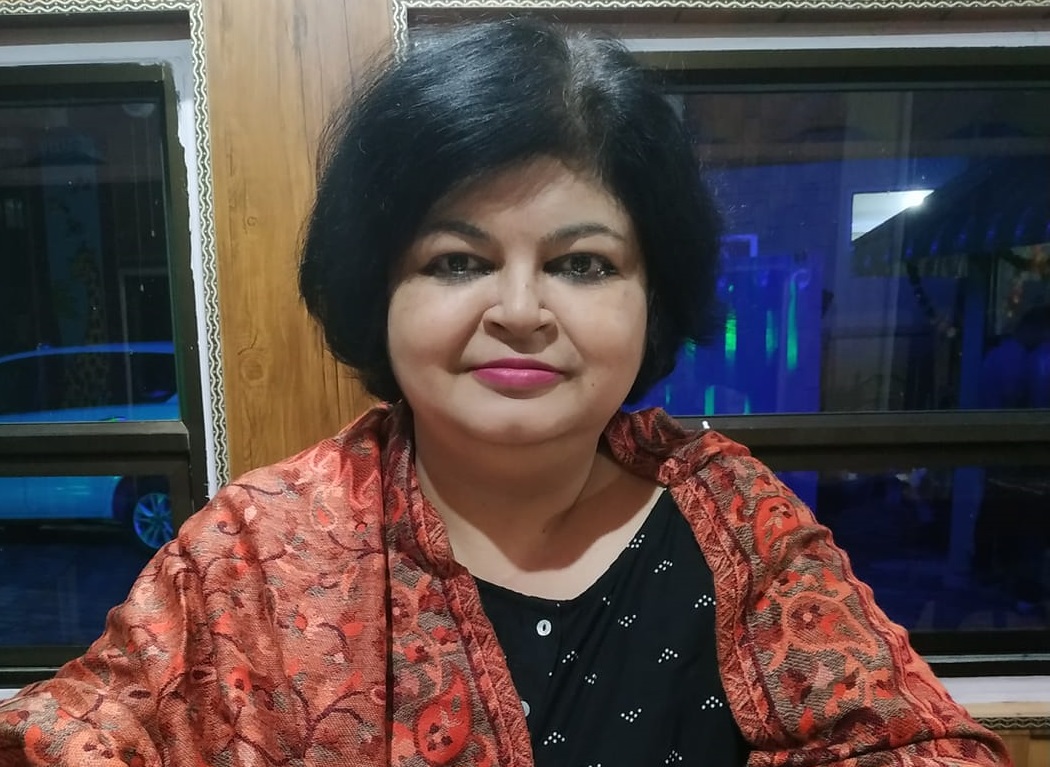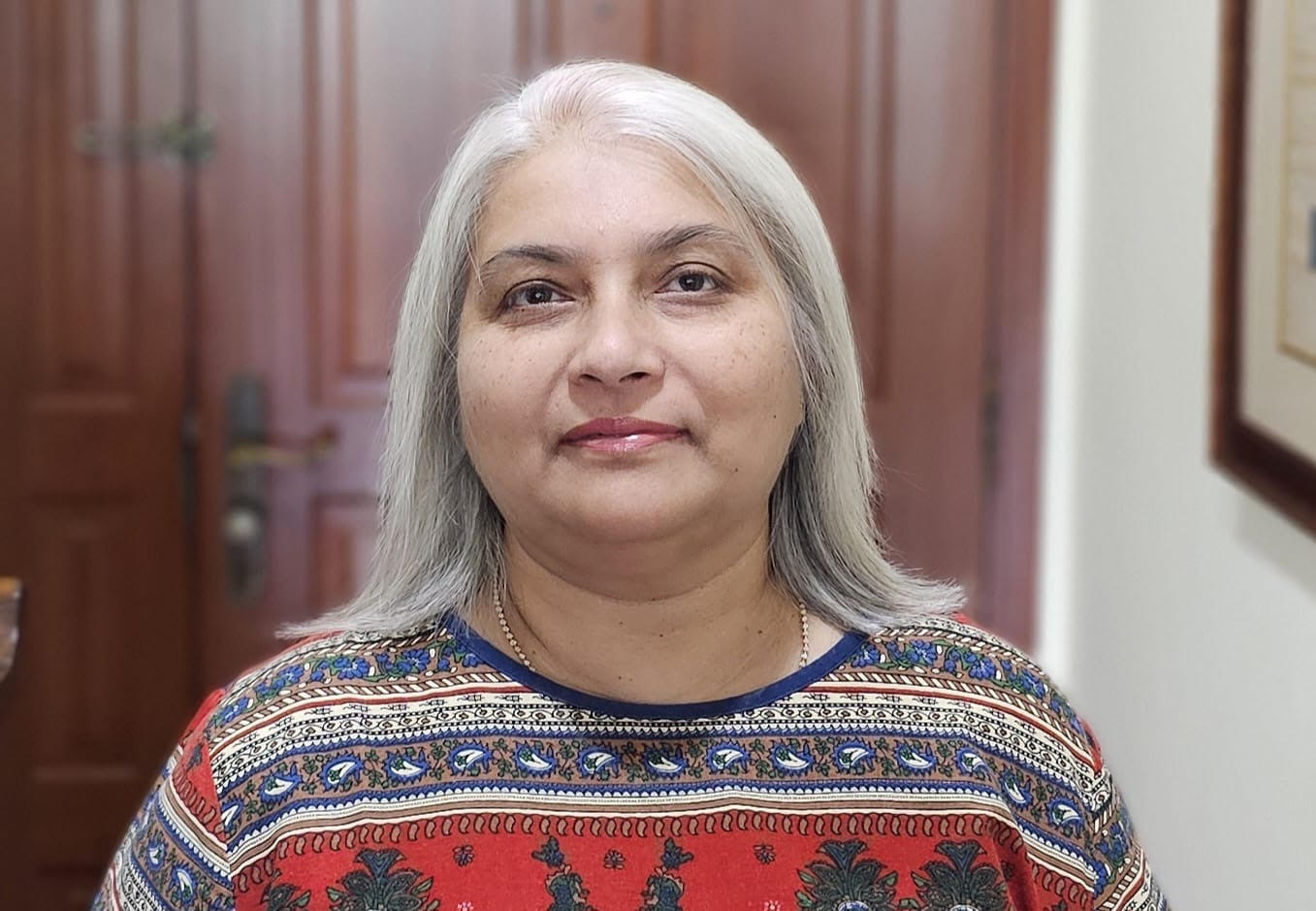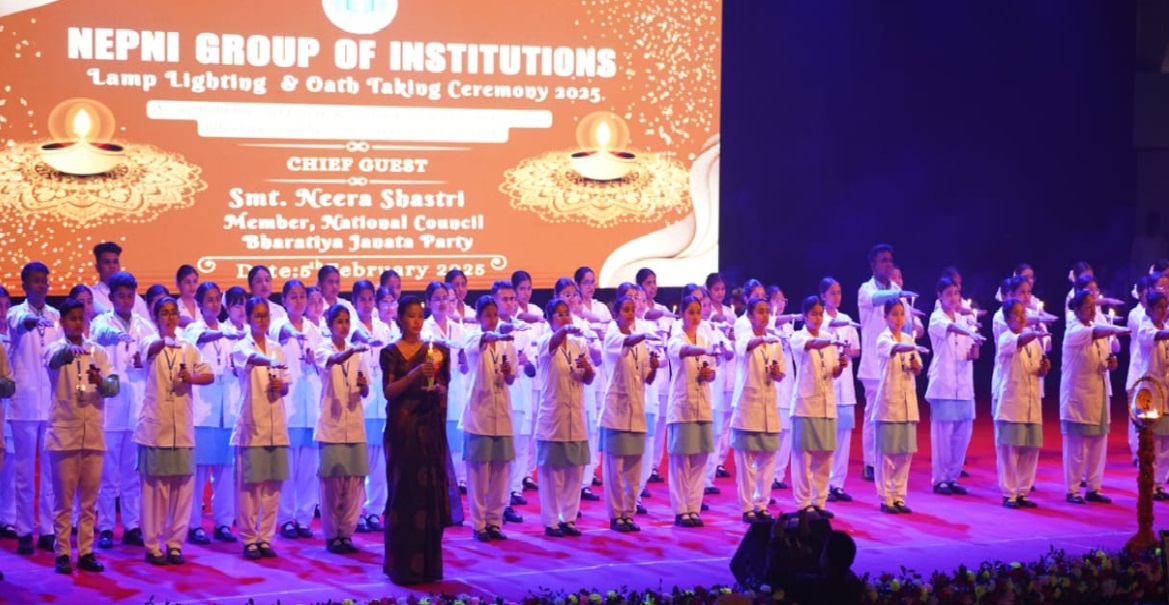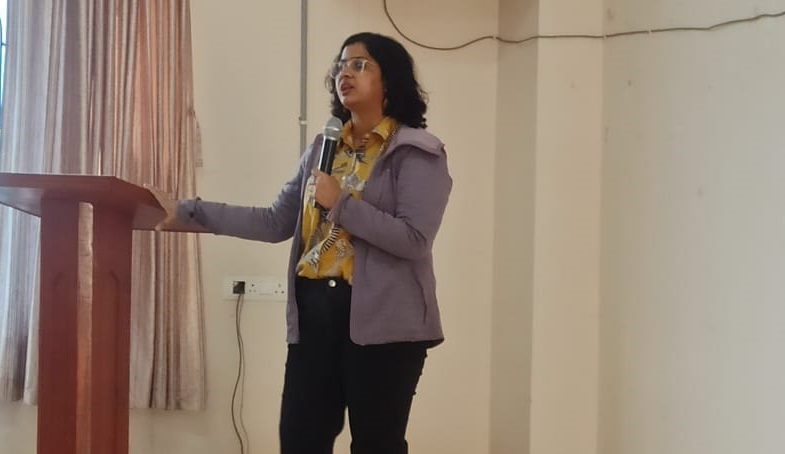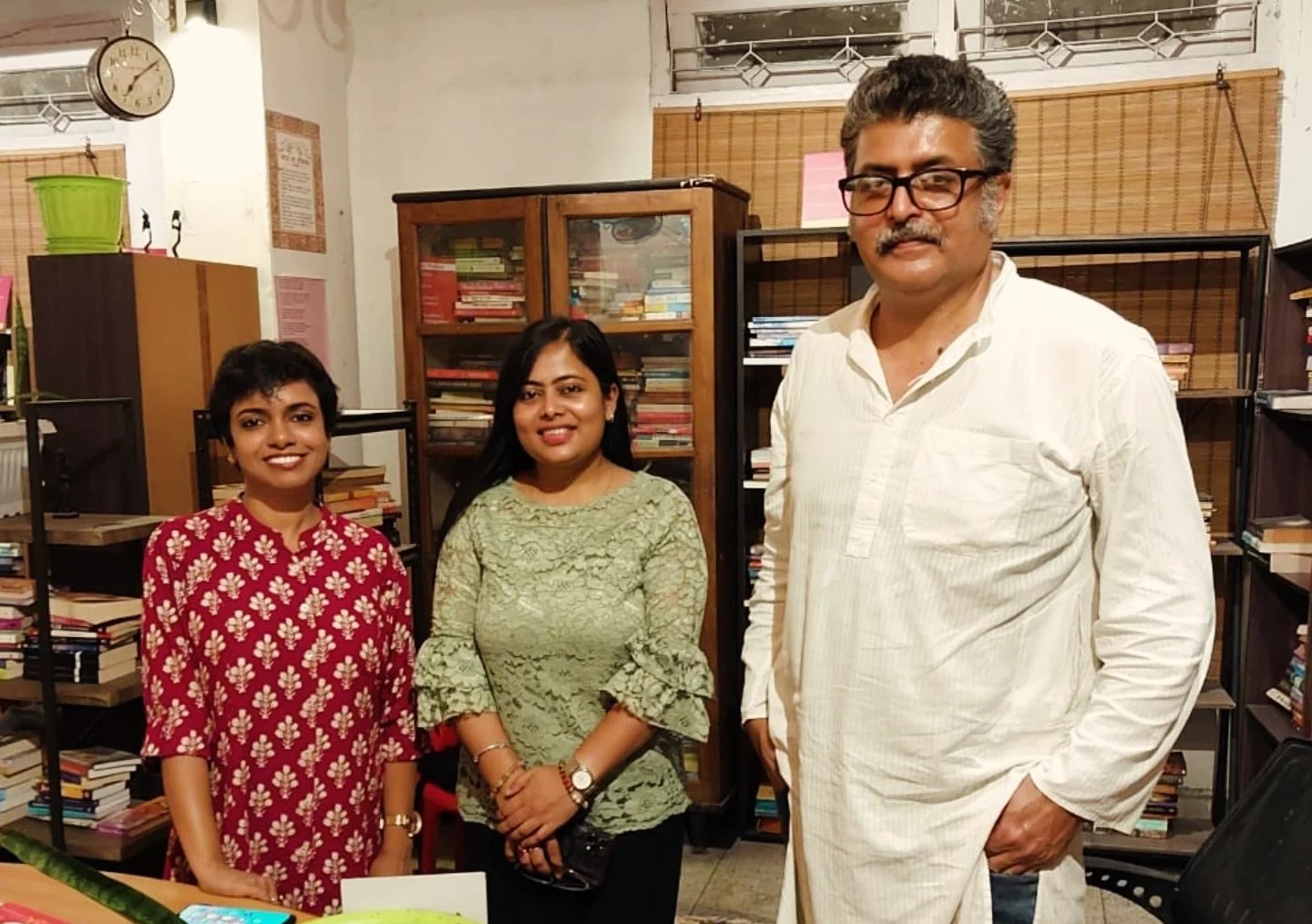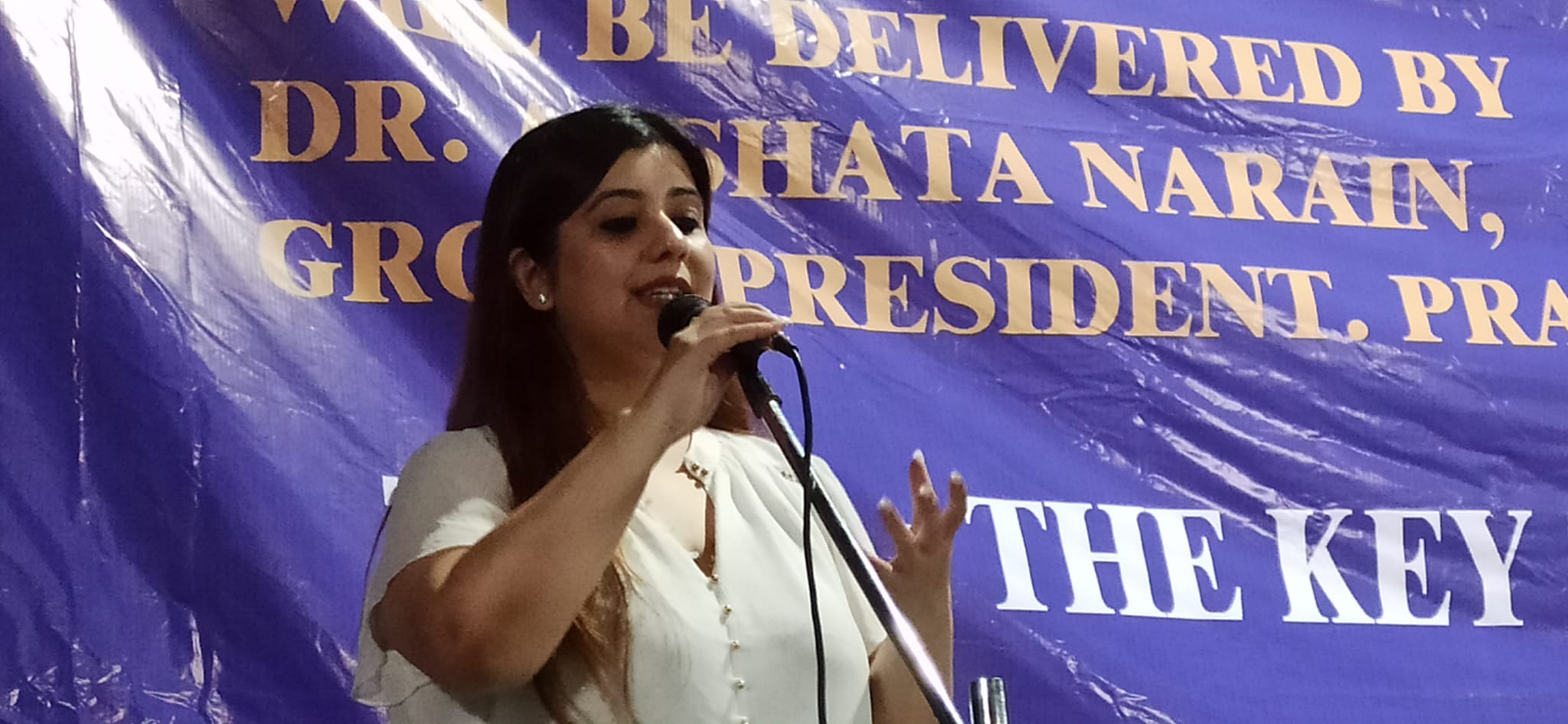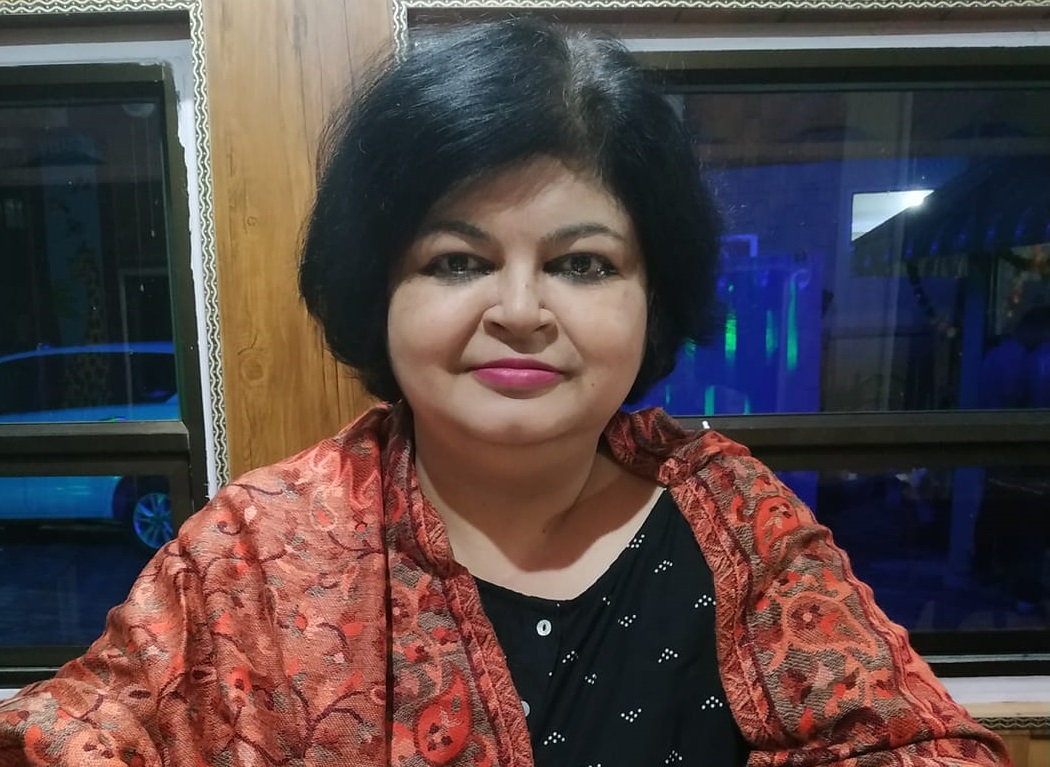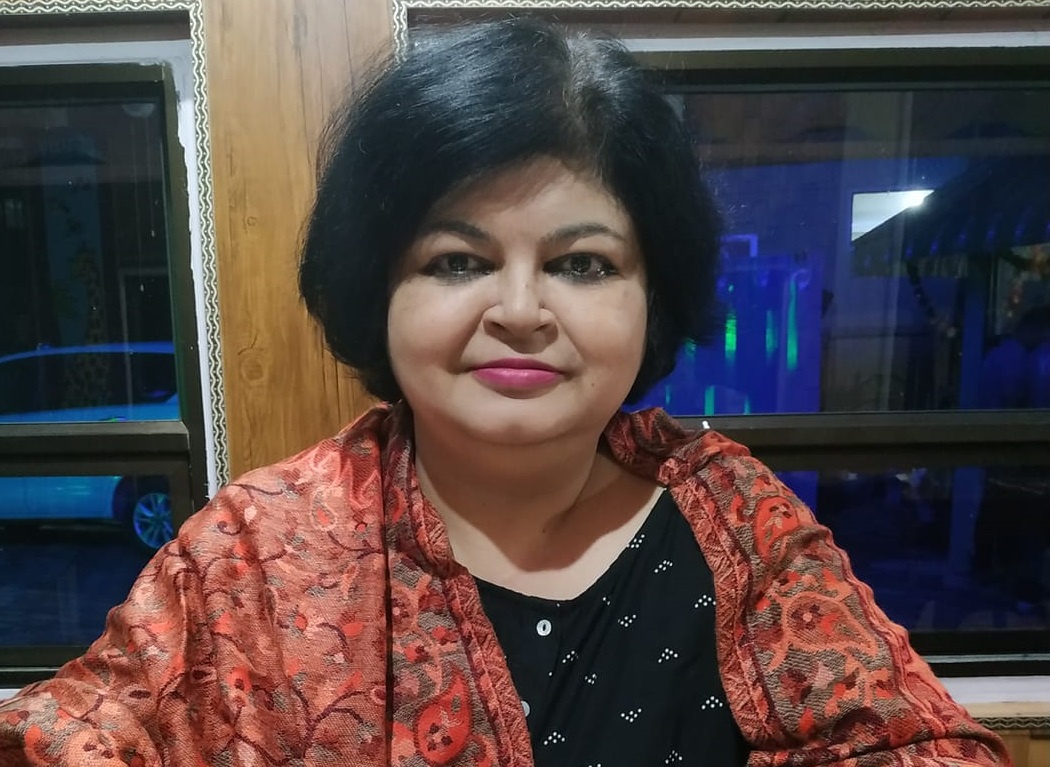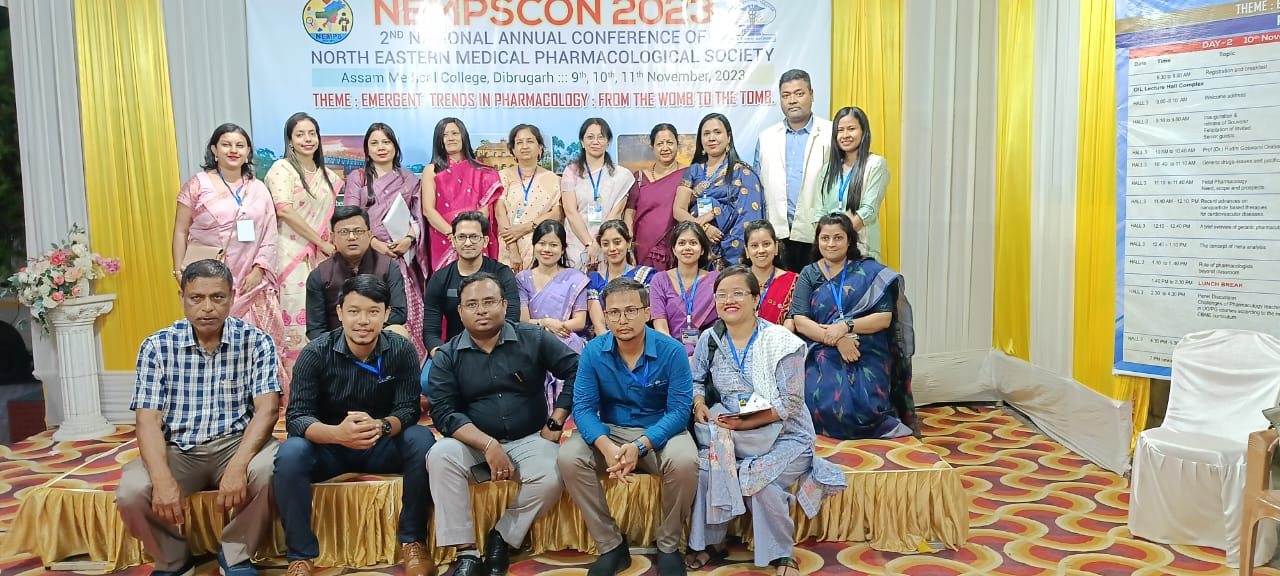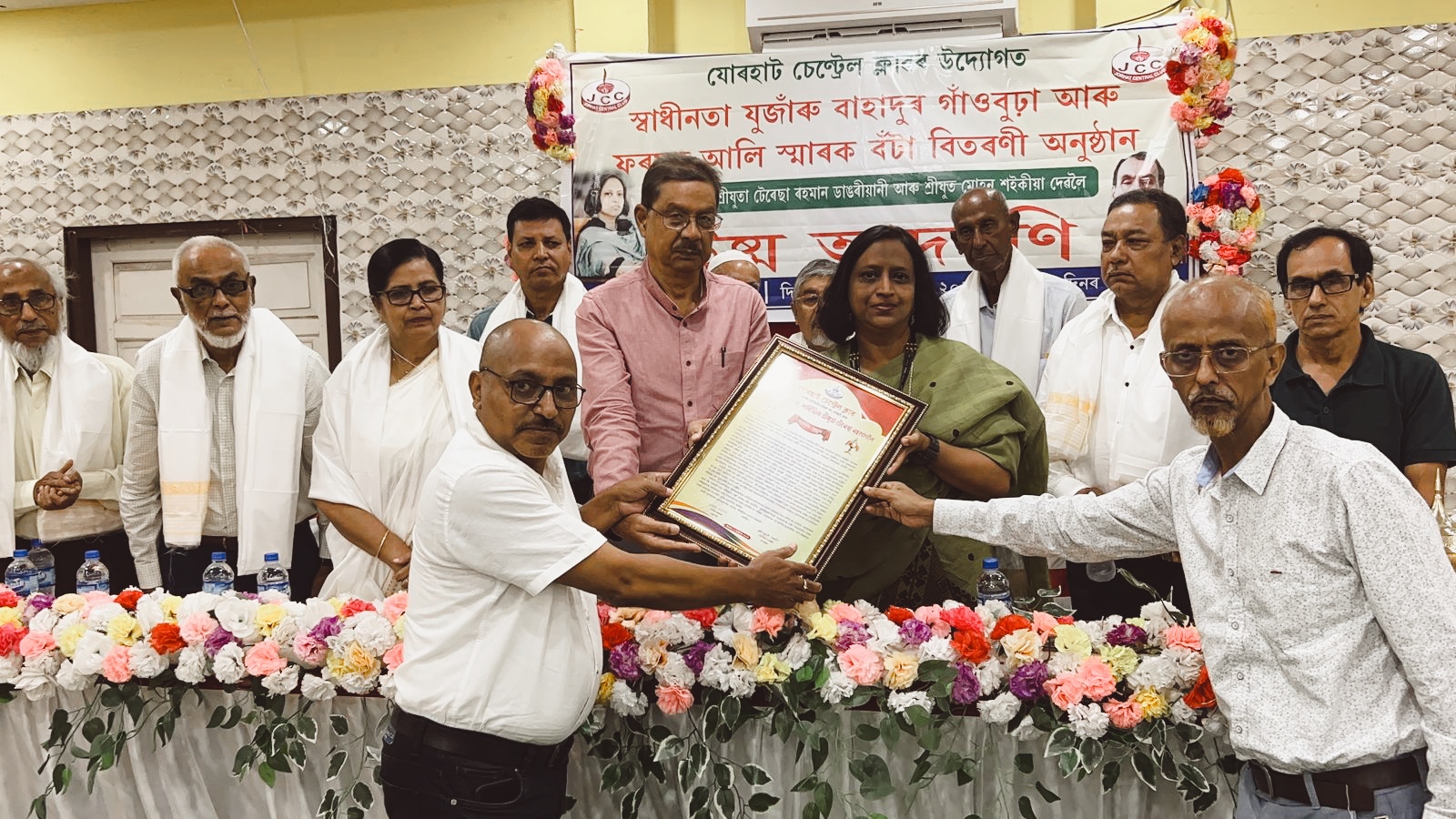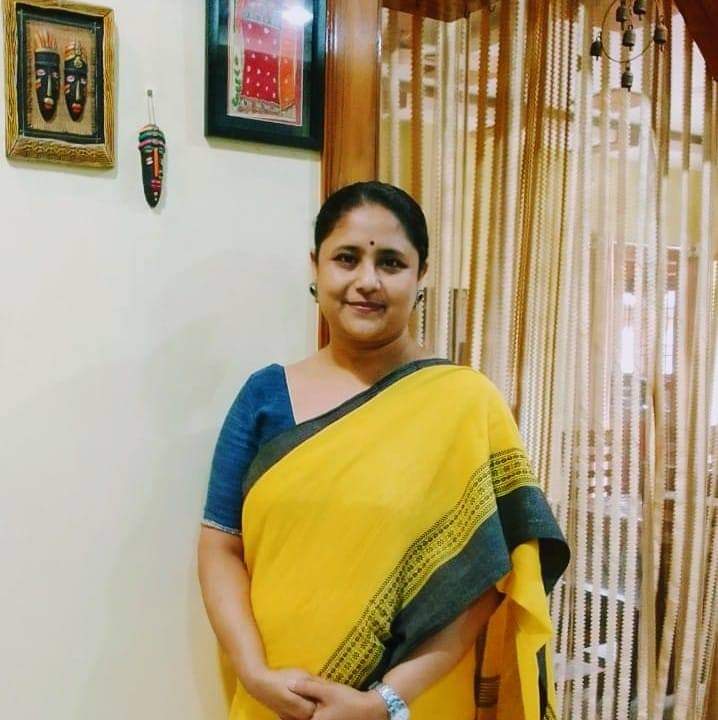As per Census 2011, more than half of the rural households in India have mobile phones. This suggests immense potential of mobile phones to reach the poorest of the poor and that too at the individual level. Also important is that the internet subscribers in India grew to 164.81 million as of March 31, 2013, with as many as seven out of eight net users in the country accessing the services via their mobile phones, according to telecom regulator TRAI. With mobile based web-applications including SMS and MMS gaining base, common citizens have more active role to play in building a responsive government and transparent governance.
The country witnessed the use of networking tool such as face book and twitter in public mobilization. In fact, the public’s interest in directly influencing modes of governance has grown as we saw use of these tools during Anna Hazare’s fast for Lokpal Bill or after the gruesome December 16 gang rape in Delhi to mobilize citizens to put pressure on the government for visible action. With simple-to-use software applications becoming available on mobile phones, the need of the hour is to trap this opportunity for effective governance by using it for not only disseminating information and creating awareness about government programmes but also to bring in more transparency and accountability in service delivery system. In this article I would like to address how mobile phones can be an effective tool in reducing malnutrition.
Why Malnutrition?According to a UN report, India is home to one-quarter of the world under- nourished people. Among children, the situation is even worse. Around half the children are undernourished and stunted; 33 percent have a low birth weight. Proportion of malnourished children is highest in India- 43.5 percent children age under 5 years are underweight. Further, as per Global Health Index (GHI) 2012, India stands at 65th position out of 84 countries. As the report says, the situation is ‘alarming’ in India with a score of 24.1, worse than neighbouring countries, Pakistan and Nepal where the situation is ‘serious’ but better than alarming.
To add to this, spending patterns as per the latest National Sample Survey Organization (NSSO) survey report (2011-12), food is no longer the predominant expenditure head. Rural households are now spending more on healthcare in spite of NRHM, government claims of improved public health infrastructure and facilities, and government schemes like Janani Suraksha Yojana for promoting institutional deliveries or Rashtriya Swasthya Bima Yojana to provide health Insurance for BPL families. A supplementing question that arises - Is poor health due to unhygienic surroundings, lack of safe drinking water or above all due to lack of availability of nutritive diets or even basic food needs.
The current debate on claims of India’s self-sufficiency in meeting food grains need of its population is pertinent. As per Agricultural Statistics at a Glance, GoI, 2012, per capita net availability of food grains per annum has declined in the last two decades; from 186 kg per year in 1991 to 169 kg in 2011. In fact, the average per capita net availability of food grains per day in India, way back in 1961 was 468.8 grams/capita/day, which has come down to 463 grams/capita/day in 2011. This clearly indicates that per capita food availability could not match with the population growth.

Now with the passage of Food Security Bill, mandating availability of food grains as a right to around two-third of our population, it becomes even more important to plug the leakages in food distribution system as well as stop the diversions of food grains. In long run, this is expected to play a major role in reducing malnutrition. Surely, mobile phones can play an important supportive role in this process. Let’s see how.
Mobile Phones as an Effective Tool
Mobile phones will ensure transparency and accountability. For instance, mobile phones can be used to inform ration card holders about arrival/availability of food grains at their Fair Price Shops (FPS). Also, mobile based software applications by shop owners for regular uploading of food grains’ stock and quantity distributed, will ensure better reach of subsidized food grains and plug leakages and diversion.
With livelihood-based migration of population on rise, mobile phones will be an effective tool to ensure food security of poor and vulnerable migrant population. For this section of population, Fair Price Shop (FPS) is generally the most preferred source to get food grains at subsidized rate. Linking the FPSs across the country will be a solution to ensure that the person/household can take their quota of food grains from any FPS in the country. Aadhaar (UID Number) or National Population Register (NPR) unique ID could facilitate in ensuring that regular supply of food grains is not affected, even if the family is on move in search of employment. With free roaming facility in the mobile phone expected to be introduced by the government soon, these families can use the same mobile number wherever they go and their mobile phone numbers will act as the registered mobile numbers. On this number, the families can receive the message immediately after they draw their quota of food grains and also centrally recorded against the family’s ID/database. This will ensure that there is no diversion by the shop owners, as well as no repeat availing of the entitled quota of food grains by the family. Very similar to the current practice in delivery of LPG in states like Delhi, where in the consumer is immediately informed on booking of a gas cylinder, on generation of receipt, and after delivery of the cylinder. This system can immensely help curb any diversion or leakages.
Another usage of mobile phones which would be critical for school going children age 6-14 years, as mobile phones will ensure regular supply of mandated Mid Day Meals (MDM). Close monitoring will also ensure, to an extent, availability of safe and nutritive MDM. The school authorities will be mandated to upload the daily records such as number of children served MDM, food items served and even as a proof, the photographs while the MDM is being served. This will improve vigilance and also provide date wise information on students’ attendance records, about time of MDM served, and what was served.
Mobile phones will play a major role in supporting pregnant women and infants/children’s health. As studies have brought out that one of the key reasons for malnourishment among children is lack of care during and post-pregnancy period. Frontline health workers (ANMs/ASHAs/AWWs) at village level are able to upload and share the information such as weight, height and anaemic status of pregnant/lactating mothers, infants and children aged 0-5 years with concerned health and ICDS authorities. This will bring accountability and thereby improve ante and post natal care status, increase in institutional delivery and better immunization status of children.
Using mobile phones, frontline workers can send messages to pregnant and lactating mothers to alert them about due date for health check-ups, including their vaccination schedule. Such initiatives will be another important measure to address the menace of not only malnourishment, but also infant and child mortality. An automatic reminder software programme may also be developed wherein just before the due dates, a pop up message may go to the concerned woman informing about the due date of visit for her/child’s’ health check-up or vaccination. For illiterate persons, recorded message in their mother tongues or colour-coded simple messages could be sent using mobile phones. For instance, a green colour could suggest that the due date is within 72 hours, a yellow could be used to convey that it is within 24 hours and a red colour to inform that due date has passed and she should immediately go to avail the due service.
Similarly, a Child Tracking Management Information System (CTMIS) can be developed using simple mobile applications, to monitor infants’ and children’s growth status at village level. This will help to track the growth-details of each child born and even the pregnant and lactating mothers in each village. Information uploaded using mobile will ensure that all records are transparent and no malpractices takes place, such as omission of Severely Acute Malnourished (SAM) children from the list, etc. An annual review at state or national levels will further help to identify the villagepanchayats with ‘zero or near-zero incidences of malnourished children’. As a motivational measure, these villages may be then rewarded by state/national governments.
As a grievance redress tool, mobile phones will provide quick and real time feedback from citizens on PDS, MDM, and Health services, among others. This will definitely play a crucial role in moving towards malnutrition-free children in India. Clearly, all future plans should now include use of mobile phones as an effective tool to implement as well as to monitor the measures taken for addressing the problem of malnutrition.
